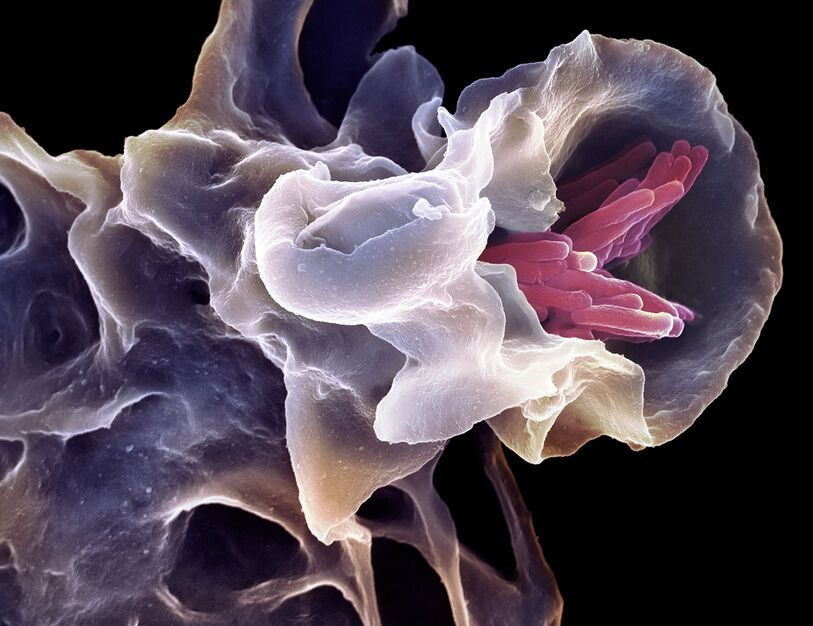Biologists balk at any talk of ‘goals’ or ‘intentions’ — but a bold new research agenda has put agency back on the table.
Animal immune systems depend on white blood cells called macrophages that devour and engulf invaders. The cells pursue with determination and gusto: under a microscope you can watch a blob-like macrophage chase a bacterium across the slide, switching course this way and that as its prey tries to escape through an obstacle course of red blood cells, before it finally catches the rogue microbe and gobbles it up.
But hang on: isn’t this an absurdly anthropomorphic way of describing a biological process? Single cells don’t have minds of their own – so surely they don’t have goals, determination, gusto? When we attribute aims and purposes to these primitive organisms, aren’t we just succumbing to an illusion?
Indeed, you might suspect this is a real-life version of a classic psychology experiment from 1944, which revealed the human impulse to attribute goals and narratives to what we see. When Fritz Heider and Marianne Simmel showed people a crudely animated movie featuring a circle and two triangles, most viewers constructed a melodramatic tale of pursuit and rescue – even though they were just observing abstract geometric shapes moving about in space.
